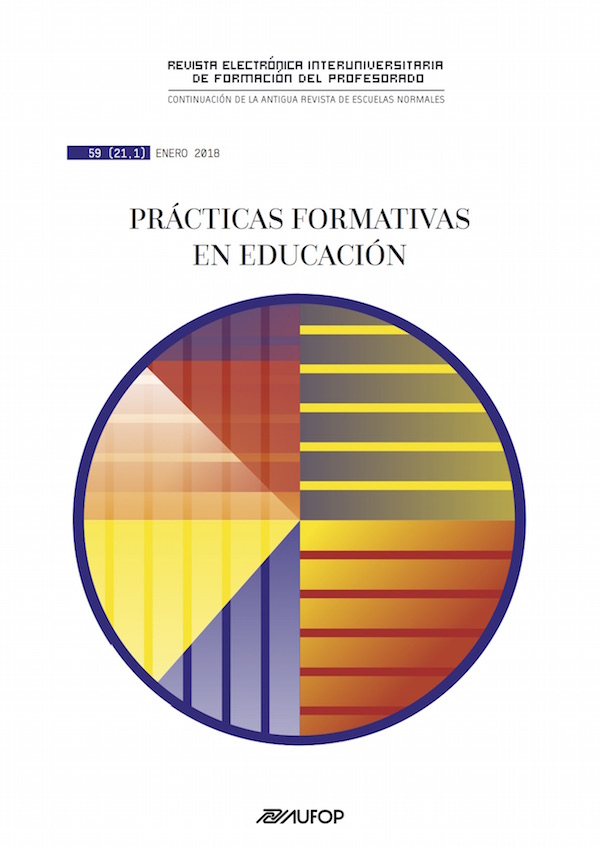Design of rubrics for Printmaking higher education
Abstract
Artistic studies have struggled from the outset with the alleged subjectivity of their prosecution, an assumption that has hampered their development as regulated teaching. The discipline of Fine Arts needs the use of new pedagogical methods for its educational progress. As part of this new conceptual design that makes it a better teaching, the rubric is an evaluation system that allows judging the competences of all European Higher Education Area based on the setting of criteria. The rubric details the work analyzed, defining the common teaching-learning project, and provides indicators of correction or incorrectness of the process that is very useful for the student as a practical guide. Continues the tradition of criticism applied to art education. Its visual presentation in table form with correspondences and vertical and horizontal readings contributes to a quick understanding of the exposed thing, allowing and demanding the use of other tools. Its wording incorporates the language of the matter, seeking its knowledge and understanding. It facilitates the practice of self-evaluation, and a meta-evaluation develops and adjusts the valuation system, looking for continuous feedback.
Downloads
-
Abstract743
-
PDF (Español (España))465
Los artículos que se publican en esta revista están sujetos a los siguientes términos:
1. El Departamento de Métodos de Investigación y Diagnóstico en Educación de la Universidad de Murcia (España), junto con el Servicio de Publicaciones de la Universitdad de Murcia (Editum) son los editores de la revista REIFOP y conserva los derechos patrimoniales (copyright) de los artículos publicados, permitiendo la reutilización de las mismos bajo la licencia de uso indicada en el punto 2.
2. Las obras se publican en la edición electrónica de la revista bajo una licencia Creative Commons Reconocimiento-NoComercial-SinObraDerivada 3.0 España (texto legal). Se pueden copiar, usar, difundir, transmitir y exponer públicamente, siempre que: i) se cite la autoría y la fuente original de su publicación (revista, editores y URL de la obra); ii) no se usen para fines comerciales; iii) se mencione la existencia y especificaciones de esta licencia de uso.
3. Condiciones de auto-archivo. Se permite y se anima a los autores a difundir electrónicamente las versiones pre-print (versión antes de ser evaluada) y/o post-print (versión evaluada y aceptada para su publicación) de sus obras antes de su publicación, ya que favorece su circulación y difusión más temprana y con ello un posible aumento en su citación y alcance entre la comunidad académica. Color RoMEO: verde.















